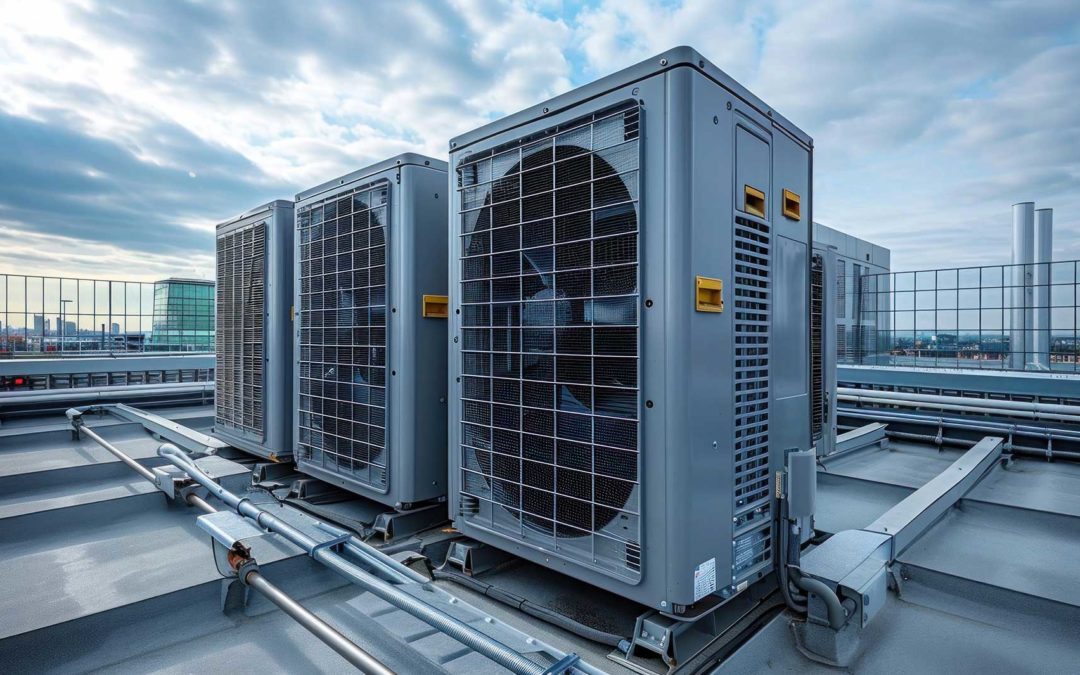In the bustling landscapes of commercial properties, an unsung hero lurks high above—a silent sentinel that ensures the comfort of every tenant and the smooth operations of every enterprise. This sentinel is none other than the commercial rooftop unit (RTU) or ‘packaged’ HVAC system, a crucial component for climate control, yet so often overlooked until something goes awry. In this comprehensive guide, we’ll peel back the layers of RTU systems, explore their significance, understand the telltale signs of malfunction, and unravel the benefits of diligent maintenance and timely repairs.
The RTU Primer: An Introduction to Commercial HVAC Systems
Commercial rooftops are not otherworldly hubs for superheroes as comics might fantasize. They are, however, essential stellar platforms for heating and cooling systems, and the RTU is their flagship technology. Combining heating, air conditioning, and often ventilation services, the RTU is a consolidated beast that manages indoor air quality in multi-story buildings and expansive spaces such as warehouses and shopping centers. The typical RTU system comprises vital components such as the blower, cooling coils, filters, and a series of ductwork. A central feature includes the compressor, the heart of the air conditioning portion of the system. Additionally, RTUs can be tailored to incorporate energy recovery ventilators (ERVs) or air-side economizers that significantly enhance energy efficiency.
During the hotter months, RTUs extract the warm indoor air, remove the heat, and blow the cooled air back into the space. Conversely, during the colder seasons, RTUs use a heating element (often natural gas) to heat the air. This constant cycle of air regulation, combined with the unit’s adeptness at controlling humidity, conspires to create an environment conducive to the human energy that powers commercial enterprise.
Ignoring the distress signals of an ailing RTU is akin to letting a small leak wreak havoc upon an unsupervised dam. The results can be catastrophic for comfort levels as well as energy bills.
A well-tuned RTU is as discreet as a whisper, but any unit that becomes noisy, emits strange odors, or sees dust clouds upon startup is subtly notifying you of potential issues with the motor, fan belts, or even mold inside the unit.
If sections of your commercial space are experiencing different temperatures, or the set temperature isn’t being maintained, it’s a red flag that the RTU may be struggling with its regulation duties.
Unexpectedly high utility bills point to inefficiency, which could stem from a plethora of malfunctions within the RTU—from dirty filters to refrigerant problems.
The ROI of RTU TLC: Why Regular Maintenance is Important
Mindfulness and RTU systems might seem like an odd couple, but regular and meticulous maintenance can be the most profitable marriage in the commercial HVAC world. Keeping an RTU in prime condition ensures it operates at peak efficiency, translating to substantial savings on energy expenses. Routine maintenance, which includes cleaning, calibration, and inspection, not only prolongs the life of your RTU but also ensures a consistent performance level, which is crucial for tenant happiness and productivity. An efficiently running RTU is not only kind to your pocket but also to the planet, as it reduces the carbon footprint of your building through less energy use.
For commercial property owners and facility managers, prioritizing the efficiency of your RTU isn’t revolutionary—it’s standard practice for those who understand the intricacies of creating the perfect environment for business to flourish. Your investment in RTU systems deserves the highest caliber of attention, and A1 Heating and Air Conditioning in Kelowna, stands ready to deliver.


